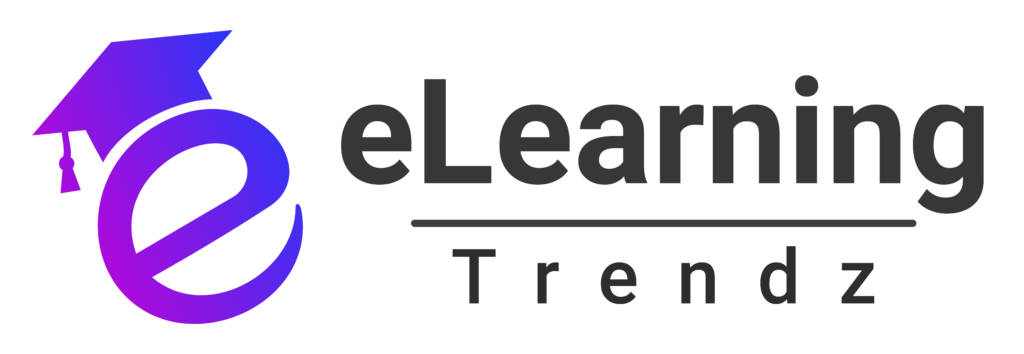The digital learning landscape is shifting faster than ever. As organizations move toward flexible, learner-centric education models, traditional content creation—often slow, manual, and resource-heavy—is struggling to keep up. At the center of this transformation is the AI course generator for instructional design, a technology that can create high-quality learning materials at unprecedented speed and scale. AI doesn’t just automate tasks—it reimagines how learning experiences are built, updated, and personalized.
Today, AI-driven tools are rapidly becoming the preferred alternative to traditional instructional design workflows. Here’s a deep dive into how AI is reshaping content creation, the capabilities behind this shift, and what organizations must know to adopt it effectively.
The Evolution of Course Creation: Why AI Is Taking Over
AI has moved beyond being a supporting tool—it now drives course creation from conceptualization to deployment. Unlike conventional models that require multiple rounds of planning, designing, and reviewing, AI course generators can create structured, relevant, and engaging course drafts in minutes.
This shift is powered by advanced algorithms, adaptive learning models, and generative AI. As learning demands increase and content lifecycles shorten, AI offers unmatched speed, flexibility, and scalability that traditional methods simply cannot match.
Key Trends Fueling the Shift Toward AI-Driven Courses
1. Microlearning and Hyper-Personalized Experiences
Learners today prefer short, targeted, and outcome-focused content. AI analyzes user behavior, proficiency levels, and engagement patterns to create microlearning modules that align perfectly with individual needs. This enhances retention, boosts engagement, and ensures that courses adapt to the learner—not the other way around.
2. Deep LMS Integration and Automated Workflows
Modern AI generators are built to work hand-in-hand with LMS platforms. This integration automates content updates, manages version control, and streamlines distribution. It also enables real-time analytics, helping organizations track learner performance without manual intervention.
3. Rise of No-Code and Low-Code Authoring Platforms
AI-powered, no-code platforms are opening the doors for non-technical educators. With drag-and-drop interfaces and smart templates, high-quality course development no longer requires specialized design skills—speeding up production for teams of all sizes.
Core Capabilities That Make AI Course Generators Game-Changing
Adaptive and Generative Learning Content
AI models assess learner data and automatically generate personalized modules—from text summaries to assessments and scenario-based exercises. This ensures every learner receives content tailored to their skill level and learning preferences.
Rich, Multimodal Content Experiences
AI supports the creation of content in multiple formats—video scripts, infographics, audio snippets, interactive quizzes, and more. This caters to diverse learning styles and increases knowledge retention.
Automated Assessment and Instant Feedback
With AI-driven grading, formative assessments, and real-time learner insights, instructors can monitor progress effortlessly. Learners benefit from immediate, actionable feedback, enabling continuous improvement.
The Foundation for Scalable, High-Quality Content Development
Standardized Templates and Reusable Assets
AI platforms come equipped with ready-made instructional templates that maintain structure, consistency, and quality. These reduce development time and ensure uniformity across large training portfolios.
Curated Content Libraries and Training Datasets
AI draws from curated datasets and content libraries to maintain accuracy and relevance. This ensures generated materials are current, diverse, and aligned with industry standards.
Built-In Quality Metrics and Governance
AI-powered quality checks monitor accuracy, compliance, complexity, and educational soundness. Governance frameworks ensure that every piece of content maintains high instructional integrity.
Why Organizations Are Making the Switch: The Business Benefits of AI
Speed and Agility in Content Production
What once took weeks can now be achieved in hours. AI helps teams respond quickly to market trends, compliance updates, and emerging training needs.
Scalable, Personalized Learning at Volume
AI creates tailored learning pathways for thousands of learners simultaneously—something impossible to achieve with manual design.
Consistency Across All Training Programs
Automated content structures ensure uniform tone, format, and pedagogy across departments and locations.
Improved Engagement and Learning Outcomes
Personalized experiences, real-time feedback, and multimodal content lead to higher engagement and better learner performance.
Challenges and Considerations When Using AI for Course Development
Maintaining Quality and Accuracy
AI content requires human review to ensure factual correctness and instructional alignment. Human-in-the-loop validation remains essential.
Navigating Intellectual Property and Compliance
Organizations must clarify data sources, licensing rules, and content ownership to avoid legal complications.
Addressing AI Bias and Ensuring Fairness
Training datasets must be diverse to prevent biased outputs and ensure inclusive learning experiences.
Long-Term Support and Reliability
AI platforms must offer stable updates, dependable support, and transparent roadmaps to maintain content continuity.
A Practical Roadmap for AI Adoption in Instructional Design
1. Assess Organizational Readiness
Evaluate digital maturity, data infrastructure, and team skills to prepare for AI adoption.
2. Start Small, Then Scale
Launch pilot projects with high-impact courses, analyze results, and expand gradually.
3. Human Oversight and Quality Assurance
Combine AI capabilities with expert reviews to validate content accuracy and pedagogical appropriateness.
4. Change Management and Culture Shift
Train teams, clarify workflows, and promote leadership support to encourage adoption.
5. Long-Term Governance and Improvement
Implement policies for ethics, transparency, and continuous monitoring to maintain quality and compliance.
Tools, Metrics, and How Paradiso Strengthens AI-Driven Course Creation
Choosing the Right Platform
The ideal AI course generator should offer intuitive editing, customization, scalability, LMS integrations, and strong multimedia support.
The Paradiso Authoring Tool Advantage
Paradiso enhances AI-generated content with:
Easy editing and refinement features
Interactive templates and reusable learning objects
Real-time analytics
Seamless LMS connectivity
This combination helps teams build engaging, branded, and instructionally sound courses faster and more effectively.
Key Metrics to Track Success
Organizations should monitor:
Engagement and completion rates
Learner performance and retention
Time and cost savings
ROI from scaling content production
Conclusion
AI course generators are revolutionizing the way digital learning is created—offering unmatched speed, personalization, scalability, and consistency. With strong governance, human oversight, and the right platform, AI can become the backbone of modern learning ecosystems. Paired with solutions like the Paradiso Authoring Tool, organizations can deliver richer, smarter, and more engaging learning experiences that meet the demands of today’s learners and tomorrow’s challenges.
















